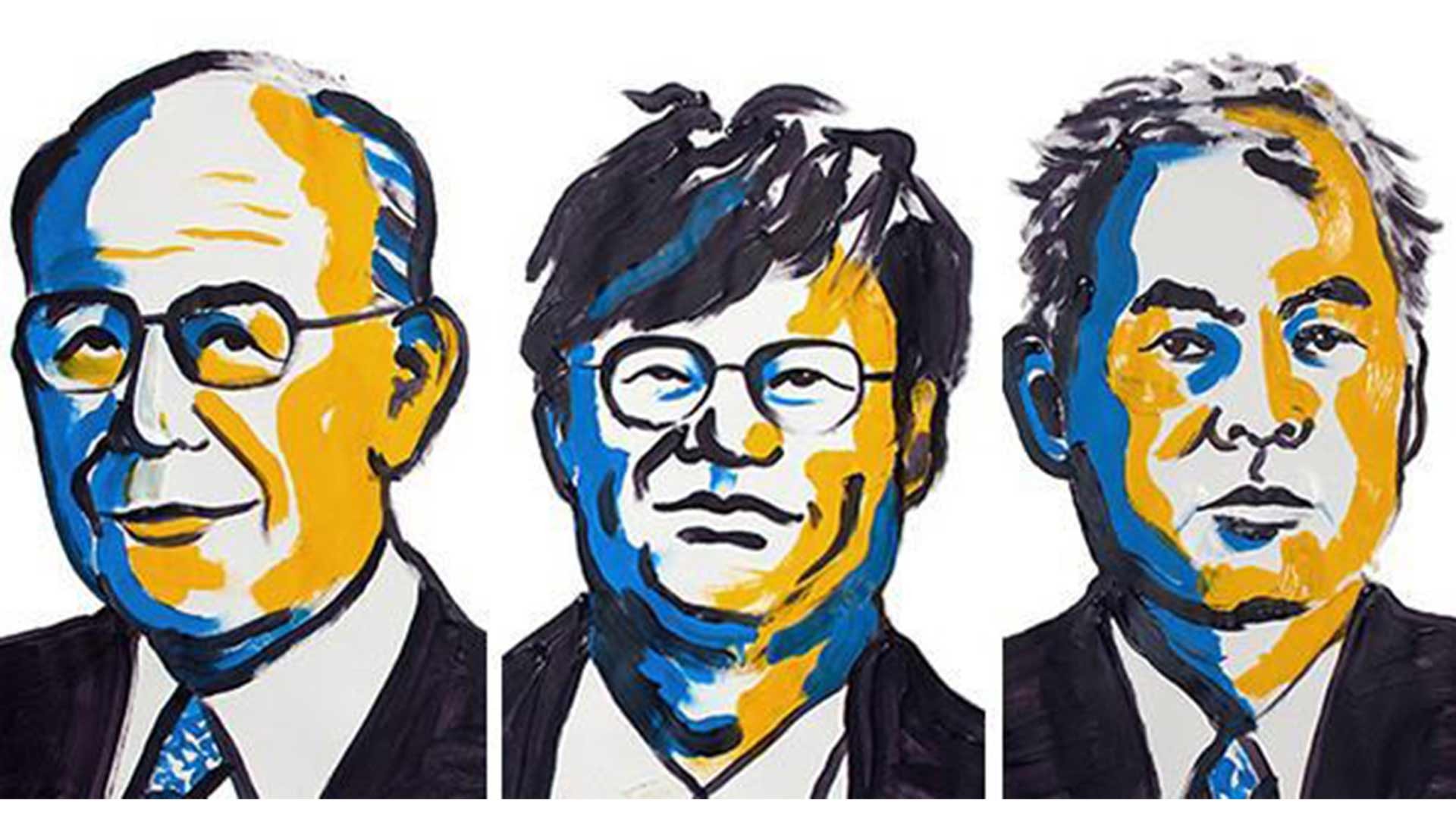Is the blue LED Nobel Prize worthy?
On the 7th October 2014 the Nobel Prize in Physics 2014 was awarded to Isamu Akasaki, Hiroshi Amano and Shuji Nakamura ‘for the invention of efficient blue light-emitting diodes (LEDs) which has enabled bright and energy-saving light sources’.
However, in lighting circles at least, this has caused some controversy as it is argued that the inventor of the red LED, Professor Nick Holonyak, has been overlooked and he responds saying ‘the blue LED would never have happened without the work myself and others carried out in the early 1960s’.
So, are the three Japanese scientists worthy of the Nobel Prize and just why is the blue LED so important?
There is no doubt that the blue LED has transformed the lighting world; it has also taken over practical applications such as mobile phones, flat- screen televisions, car headlamps and eco-friendly indoor lighting, but would it have been possible without the groundwork undertaken in development of red and green LEDs?
Back in 1962 when Professor Holonyak invented the first visible LEDs, they were of low intensity and limited to red. Around the same time scientists also developed the green LED. They had their uses and were most commonly found within indicator lamps for electronic devices and digital clocks, but there was something missing. Over the next three decades, many other scientists had tried and failed to create blue LEDs, until the three Japanese scientists finally found the solution in 1993. This huge development marked the change in LEDs and a couple of years later the first LED with white light from luminescence conversion was presented and later launched on the market in 1997. In 2006 the first LEDs with efficacies of 100 lumens per watt were produced and since then the lumens per watt have increased every year. Most recently one of the leading LED brands, Cree, has excelled the 300 lumens per watt mark, continuing to push the boundaries of LED performance.
White light producing LEDs all start life as blue using two conventional methods: RGB and Phosphor. The RGB method is the process of producing white light from combining the output from red, green and blue LEDs. This method gives you control over the exact colour of the light and it tends to make colours, in this case the white light, stand out even more. The Phosphor method produces white light from a single LED by combining a short wavelength LED such as blue or ultra-violet (UV), and a yellow phosphor coating. The combination of the blue and yellow photons generates white light. This method offers much better colour rendering than RGB white, often on a par with florescent sources, and it is the most commonly used method of producing white light with LEDs today.
Despite the early successes with red and green LEDs it was therefore fundamental for the lighting industry that if pure white LED lighting was ever to become a reality the blue LED, which has the highest visible frequencies, would have to be perfected. The three Japanese scientists have not only developed and invented the blue LED, they have opened the door to a revolution in energy-efficient and environmentally friendly lighting. A quarter of the world’s electricity consumption is used for lighting and LEDs are contributing to saving the Earth’s resources, as well as material consumption. Due to their long life span the development of the white LED lamp means we now have longer-lasting and more efficient alternatives to older light sources. Most importantly, LEDs have helped increase the quality of life for over 1.5 billion people around the world who lack access to electricity due to the fact it can be powered by cheap local solar power.
In an interview Professor Holonyak said he was not diminishing the work of the scientists who were honoured but he believes the work on the blue LED cannot be separated from his team’s work on the first visible LED they created, adding that he has no idea why his work has not merited the Nobel. Shuji Nakamura, one of the Nobel Prize winners, was ‘so surprised’ he didn’t think he was worthy of the award saying, ‘it is usually the people awarded for the invention of the basic theory, but in my case it was just the making of the device’, adding a slight doubt in the mind of the award winner himself.
There is no doubt about it, the invention and development of the blue LED has revolutionised the lighting world and the Noble Prize award is a wonderfully deserved recognition for a team that has transformed the industry we, as lighting designers, work within. However, a thought should be spared for Professor Holonyak and his earlier work that paved the way, as he should also enjoy some much deserved recognition.
Blog postby Carla Judge
Image: NobelPrize.org


